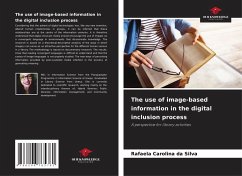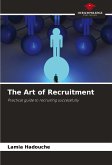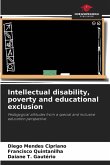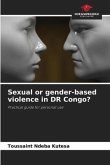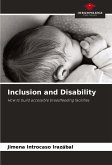Considering that the advent of digital technologies has, like any new invention, altered human relationships in groups, it can be inferred that these relationships are at the centre of the information universe. It is therefore understood that digital inclusion media should encourage the use of images as a convergent language in environments that disseminate knowledge. The research is based on a theoretical-descriptive analysis of the ways in which imagery can serve as an attractive perspective for the different human senses in a library. The methodology is based on documentary research. The results show that reading convergent languages is difficult to understand and that the syntax of image languages is not properly studied. The new ways of perceiving information provided by post-custodial media interfere in the process of generating meaning.
Bitte wählen Sie Ihr Anliegen aus.
Rechnungen
Retourenschein anfordern
Bestellstatus
Storno

